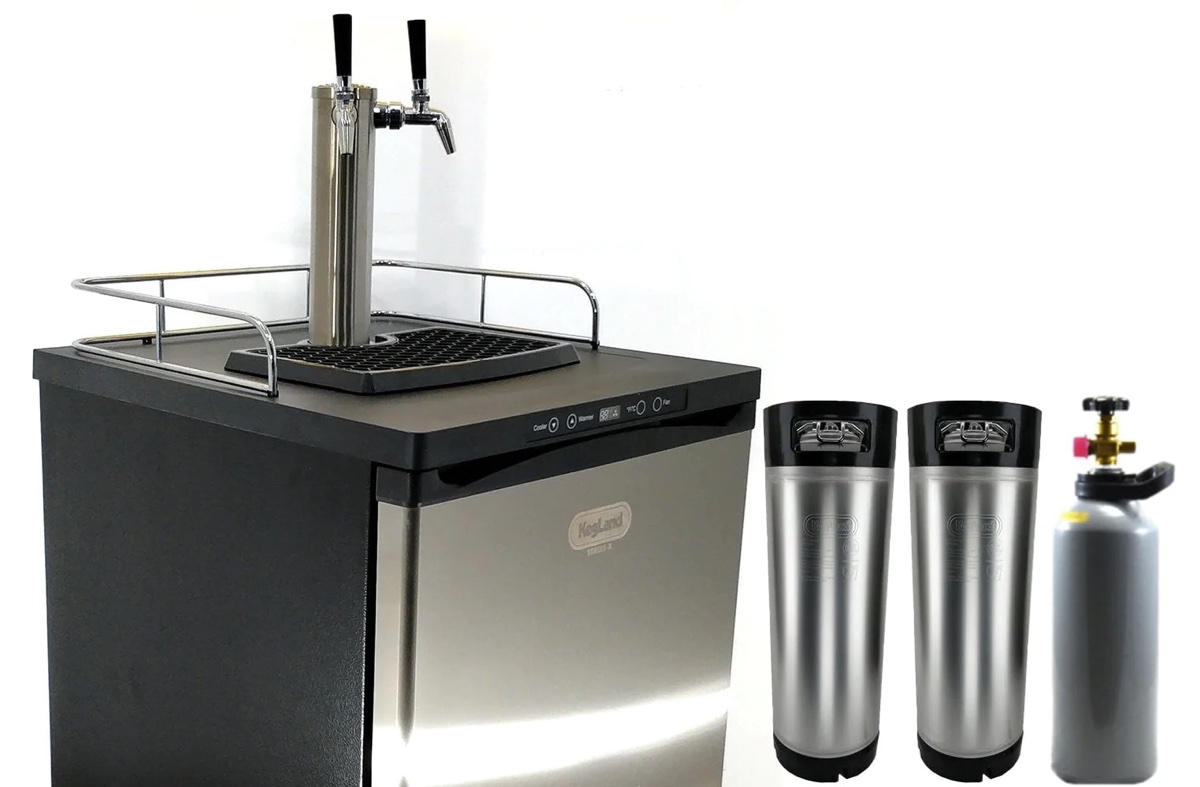

Articles
What Size Keg Fits In Kegerator
Modified: February 27, 2024
Discover the perfect kegerator for your party needs with our informative articles on what size keg fits in a kegerator.
(Many of the links in this article redirect to a specific reviewed product. Your purchase of these products through affiliate links helps to generate commission for Storables.com, at no extra cost. Learn more)
Introduction
Welcome to our comprehensive guide on the topic of what size keg fits in a kegerator. If you’re a beer enthusiast or looking to host a party or event, having a kegerator can be a game-changer. It allows you to enjoy draft beer at home or serve it to your guests with ease.
However, kegerators come in different sizes, and it’s essential to know which keg sizes are compatible with your particular model. In this article, we will explore the various keg sizes available and help you understand the factors to consider when determining the right keg size for your kegerator.
Whether you’re a homebrewer or someone who enjoys serving different types of beer, having a kegerator that accommodates your preferred keg size is crucial. Join us as we dive into the world of kegerators and learn about the different keg sizes available in the market.
So, if you’re ready to crack open the knowledge on kegs and kegerators, let’s get started!
Key Takeaways:
- Choose the right keg size for your kegerator by considering factors like consumption rate, variety of beers, space, and occasion. Ensure compatibility and enjoy hassle-free beer service at home or events.
- Understand kegerator compatibility with different keg sizes. Check size, capacity, coupler compatibility, tapping system, and conversion options to serve fresh, cold beer hassle-free.
Read more: What Size Keg Will Fit In 4.5 Cf Kegerator
Understanding Kegerators
Before we explore the different keg sizes for kegerators, let’s first understand what a kegerator is and how it works. Simply put, a kegerator is a refrigerated cabinet or appliance designed to store and dispense draft beer. It combines a refrigerator unit with a tapping system to keep the beer chilled and ready to be served.
Kegerators are available in various sizes, styles, and configurations. Some are designed for commercial use in bars and restaurants, while others are specifically built for home use. They typically feature a temperature control system, a CO2 tank, and a tap to dispense the beer.
The primary purpose of a kegerator is to maintain the quality and freshness of draft beer. Unlike traditional beer cans or bottles, which can be affected by constant temperature fluctuations, kegerators provide a consistent and optimal temperature for storing and serving beer. This ensures that the beer maintains its flavor profile and carbonation levels.
Furthermore, kegerators offer the convenience of having beer on tap at your disposal. Rather than manually opening bottles or cans, a kegerator allows you to pour beer directly from the tap, providing a more authentic and enjoyable drinking experience.
Now that we have a basic understanding of kegerators, let’s move on to exploring the different keg sizes that are compatible with these appliances.
Types of Kegs
When it comes to kegs, there are a few different types that you should be familiar with. Each type has its own characteristics and serves different purposes. Let’s take a look at the most common types of kegs:
1. Full-Size Keg
The full-size keg, also known as a “half-barrel” keg, is the largest keg size commonly used. It holds approximately 15.5 gallons or 165 12-ounce servings of beer. Full-size kegs are usually made of stainless steel and are primarily used in commercial settings such as bars, pubs, and restaurants.
2. Quarter Barrel Keg
The quarter barrel keg, also called a “pony keg,” is the next size down from the full-size keg. It holds about 7.75 gallons of beer or approximately 82 12-ounce servings. These kegs are more commonly used for smaller gatherings or events where a full-size keg is not necessary.
Read more: What Size Of Keg Fits For Kegerator
3. Sixth Barrel Keg
The sixth barrel keg is also known as a “sixth barrel” or “corny keg.” It contains about 5.16 gallons of beer, equivalent to around 55 12-ounce servings. These kegs are popular among homebrewers and individuals who enjoy a variety of beers at home. They are also commonly used in small bars and restaurants.
4. Slim Quarter Keg
The slim quarter keg is a relatively new addition to the keg lineup. It is taller and slimmer compared to a quarter barrel keg, but holds the same amount of beer. This allows it to fit into tighter spaces, making it ideal for home use or small bars with limited space.
5. Mini Keg
Mini kegs, also known as “party kegs” or “bubbas,” are small kegs that are designed for personal use or small gatherings. They typically hold around 1.3 to 1.6 gallons of beer, which is roughly 14 to 17 12-ounce servings. Mini kegs are commonly made of aluminum or plastic and have a built-in tap for easy dispensing.
These are the main types of kegs you’re likely to encounter when it comes to kegerators. Each type has its own benefits and considerations, and the size of your kegerator will determine which keg sizes you can accommodate. Now that we’re familiar with the various keg types, let’s move on to the standard keg sizes available in the market.
Standard Keg Sizes
When it comes to kegs, there are a few standard sizes that are widely used and readily available. Understanding these sizes is essential when determining which keg will fit in your kegerator. Let’s explore the most common standard keg sizes:
Read more: What Size Of Fridge For Kegerator
1. Full-Size Keg (Half Barrel)
The full-size keg, also known as a half barrel, is the most common keg size used in commercial settings. It holds approximately 15.5 gallons of beer, which is equivalent to about 165 12-ounce servings. Full-size kegs are typically used in bars, restaurants, and large events where a significant amount of beer is needed.
2. Quarter Barrel Keg
The quarter barrel keg, also known as a pony keg, holds about 7.75 gallons of beer, which is roughly 82 12-ounce servings. These kegs are popular for smaller gatherings, home use, or events where a full-size keg is not necessary. They are more manageable in size and easier to transport.
3. Sixth Barrel Keg (Cornelius Keg)
The sixth barrel keg, commonly known as a corny keg, is a smaller option that holds approximately 5.16 gallons of beer or about 55 12-ounce servings. These kegs are often used by homebrewers, small bars, or individuals who enjoy a variety of beers at home. They are compact and easier to store compared to larger keg sizes.
4. Slim Quarter Keg
The slim quarter keg is a variation of the quarter barrel keg. It holds the same volume of beer as a quarter barrel (7.75 gallons), but the keg itself is taller and slimmer. Slim quarter kegs are designed to fit into tighter spaces and are ideal for home use or establishments with limited keg storage capacity.
These are the standard keg sizes that you are most likely to come across in the market. It’s important to note that the specific dimensions and shapes of kegs may vary slightly between different brands or regions. It’s always recommended to check the dimensions and capacities of kegs to ensure they will fit your kegerator.
Now that we have explored the standard keg sizes, let’s move on to discussing mini kegs, which offer a unique and convenient option for personal use and small gatherings.
Read more: How Many Kegs Fit In A Kegerator
Mini Keg Sizes
Mini kegs, also known as party kegs or bubbas, are a popular option for individuals who want the convenience of a keg without the large size. These smaller kegs are perfect for personal use, small gatherings, or occasions where a full-size keg is too much. Let’s take a closer look at the different mini keg sizes:
1. 1.3-Gallon Mini Keg
The 1.3-gallon mini keg is a common size for mini kegs. It holds approximately 1.3 gallons of beer, equivalent to around 14 12-ounce servings. These kegs are compact and portable, making them suitable for home use or taking to outdoor events like picnics or tailgating parties.
2. 1.6-Gallon Mini Keg
The 1.6-gallon mini keg is slightly larger than the 1.3-gallon size. It holds approximately 1.6 gallons of beer, which is roughly 17 12-ounce servings. These kegs offer a bit more beer than the 1.3-gallon size but still maintain their compactness and portability.
3. 5-Liter Mini Keg
The 5-liter mini keg is a popular size for imported or specialty beers. It holds approximately 1.32 gallons or about 10 12-ounce servings. These kegs often come with an integrated tap system and are designed for single-use. They are convenient for home use and allow you to enjoy your favorite beers without the need for a full-size keg or kegerator.
Mini kegs offer a range of options for individuals who want the flexibility of a keg without committing to a larger size. They are perfect for those who enjoy a variety of beers, want to sample different brews, or like the convenience of a smaller quantity.
When considering mini kegs for your kegerator, it’s important to check if your kegerator has the necessary fittings and adapters to accommodate mini kegs. Some kegerators may require additional modifications or accessories to make them compatible with mini kegs.
Now that we’ve covered mini keg sizes, let’s move on to discussing kegerator compatibility and the factors to consider when selecting the right keg size for your kegerator.
Kegerator Compatibility
When it comes to kegerators, not all models are created equal. It’s important to consider the compatibility of your kegerator with different keg sizes before making a purchase. Here are some key points to keep in mind:
1. Size and Capacity
The first thing to consider is the size and capacity of your kegerator. Larger kegerators are generally capable of accommodating full-size kegs, quarter barrel kegs, and even sixth barrel kegs. Smaller kegerators may only be able to fit smaller keg sizes, such as quarter barrel or sixth barrel kegs. It’s important to check the interior dimensions and capacity specifications of your kegerator to ensure it can accommodate the keg size you prefer.
2. Coupler Compatibility
Another factor to consider is the coupler compatibility of your kegerator. Different keg styles and brands may require specific couplers to connect the keg to the kegerator’s dispensing system. Make sure to check the type of coupler required for the keg size you intend to use and ensure that your kegerator supports that type of coupler. Some kegerators may have interchangeable coupler options, allowing you to switch between different keg styles easily.
3. Tapping System
The tapping system of your kegerator also plays a role in determining the keg sizes it can accommodate. Some kegerators come with multiple taps or a dual-keg system, allowing you to serve different types of beers simultaneously. If you plan on having keg variety, make sure your kegerator has the necessary taps or options to accommodate multiple kegs of different sizes.
Read more: What Is a Kegerator and What Is It Used For?
4. Conversion Kits
If your kegerator is not initially compatible with the keg size you desire, fear not! There are conversion kits available that can modify or adapt your kegerator to fit different keg sizes. These kits usually include the necessary fittings, adapters, and instructions to make the necessary modifications. However, it’s important to note that not all kegerators can be easily converted, so research and consult the manufacturer’s guidelines before attempting any modifications.
By considering the size and capacity, coupler compatibility, tapping system, and conversion options, you can ensure that your kegerator is compatible with the keg sizes you want to use. Taking the time to research and understand your kegerator’s capabilities will help you make an informed decision and enjoy your favorite beers hassle-free.
Now that we’ve covered kegerator compatibility, let’s move on to discussing the factors you should consider when selecting the right keg size for your kegerator.
Factors to Consider
When selecting the right keg size for your kegerator, there are several factors you should consider to ensure you make the best choice. Let’s take a look at these factors:
1. Consumption Rate
One of the most critical factors to consider is your consumption rate. How quickly do you and your guests consume beer? If you’re hosting large parties or events, a full-size keg may be the best option to ensure you have enough beer to go around. However, if you’re a casual drinker or hosting smaller gatherings, a smaller keg size like a quarter barrel or sixth barrel might be more appropriate.
2. Variety of Beers
Do you enjoy a variety of beers or prefer to stick to one type? If you like to switch between different brews, a smaller keg size like a sixth barrel or mini keg is ideal. This allows you to have multiple kegs of different beers without committing to larger quantities. On the other hand, if you have a particular favorite beer that you know you’ll consume a significant amount of, a larger keg size may be more suitable.
Read more: How Many Soda Kegs Can Fit In A Kegerator
3. Space and Storage
Consider the space and storage available for your kegerator. If you have limited space, a smaller keg size like a quarter barrel or mini keg may be a better fit. It’s also important to have enough storage space for additional kegs if you plan on having multiple brews on rotation. Ensure that your kegerator can accommodate both the keg size you want and the number of kegs you plan on storing.
4. Occasion and Portability
Think about the occasion and portability requirements. For larger events or stationary setups, full-size kegs are commonly used. They offer a large quantity of beer without the need for frequent refilling. However, if you plan on taking your kegerator to outdoor events, picnics, or tailgating parties, smaller keg sizes like mini kegs or quarter barrels are more convenient to transport and handle.
By considering these factors, you can make an informed decision about the right keg size for your kegerator. Remember to check the compatibility of your kegerator with different keg sizes and ensure that you have the necessary hardware and accessories to support your chosen keg size.
Now that we’ve discussed the factors to consider, let’s wrap up our exploration of keg sizes and kegerator compatibility.
Conclusion
Congratulations! You are now well-informed about the different keg sizes and their compatibility with kegerators. Understanding the various keg options and considering factors such as consumption rate, variety of beers, space, storage, and occasion will help you make the right choice for your kegerator setup.
Whether you enjoy hosting parties or simply want to have draft beer available at home, having a kegerator can elevate your beer-drinking experience. From full-size kegs to mini kegs, there is a keg size to suit every need and preference.
Remember to check the size and capacity of your kegerator to ensure it can accommodate the keg size you desire. Additionally, make sure to verify the coupler compatibility, tapping system options, and consider conversion kits if necessary.
By selecting the right keg size for your kegerator, you can serve fresh, cold beer with ease and impress your guests with a professional-grade setup.
So, go ahead and explore the world of kegs and kegerators, experiment with different beers, and enjoy the convenience and satisfaction of having draft beer on tap at home or at your next gathering. Cheers!
Frequently Asked Questions about What Size Keg Fits In Kegerator
Was this page helpful?
At Storables.com, we guarantee accurate and reliable information. Our content, validated by Expert Board Contributors, is crafted following stringent Editorial Policies. We're committed to providing you with well-researched, expert-backed insights for all your informational needs.
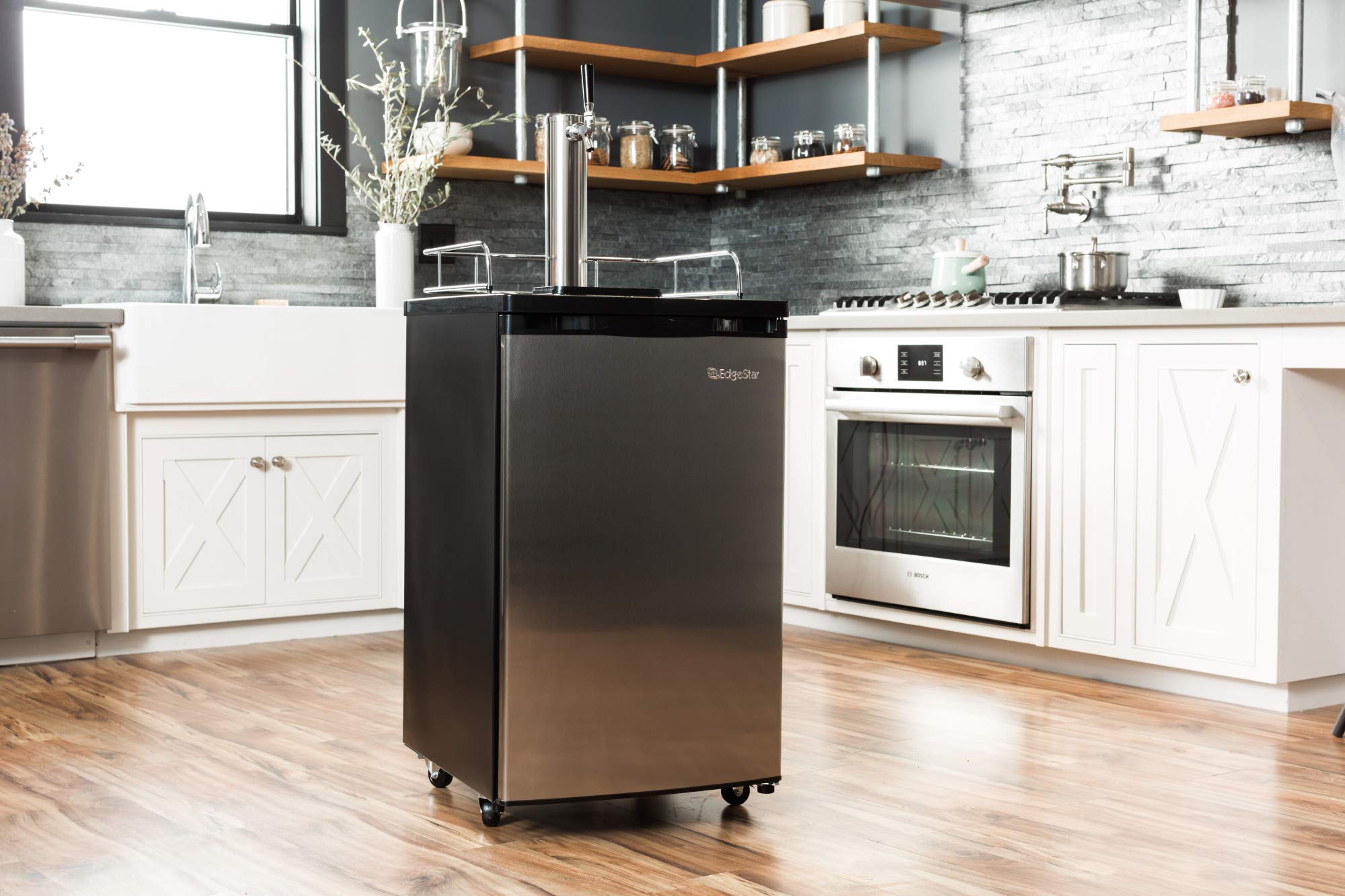
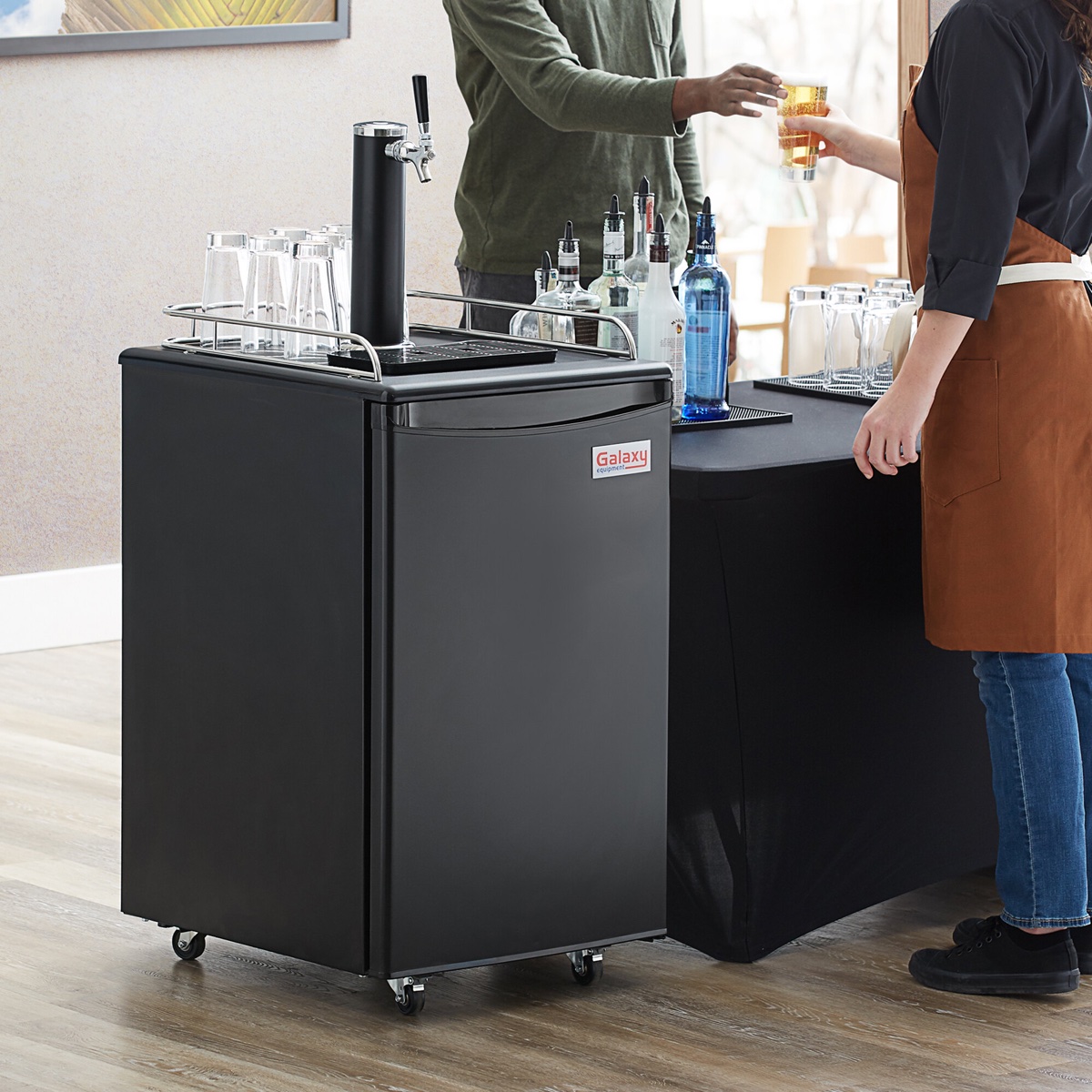
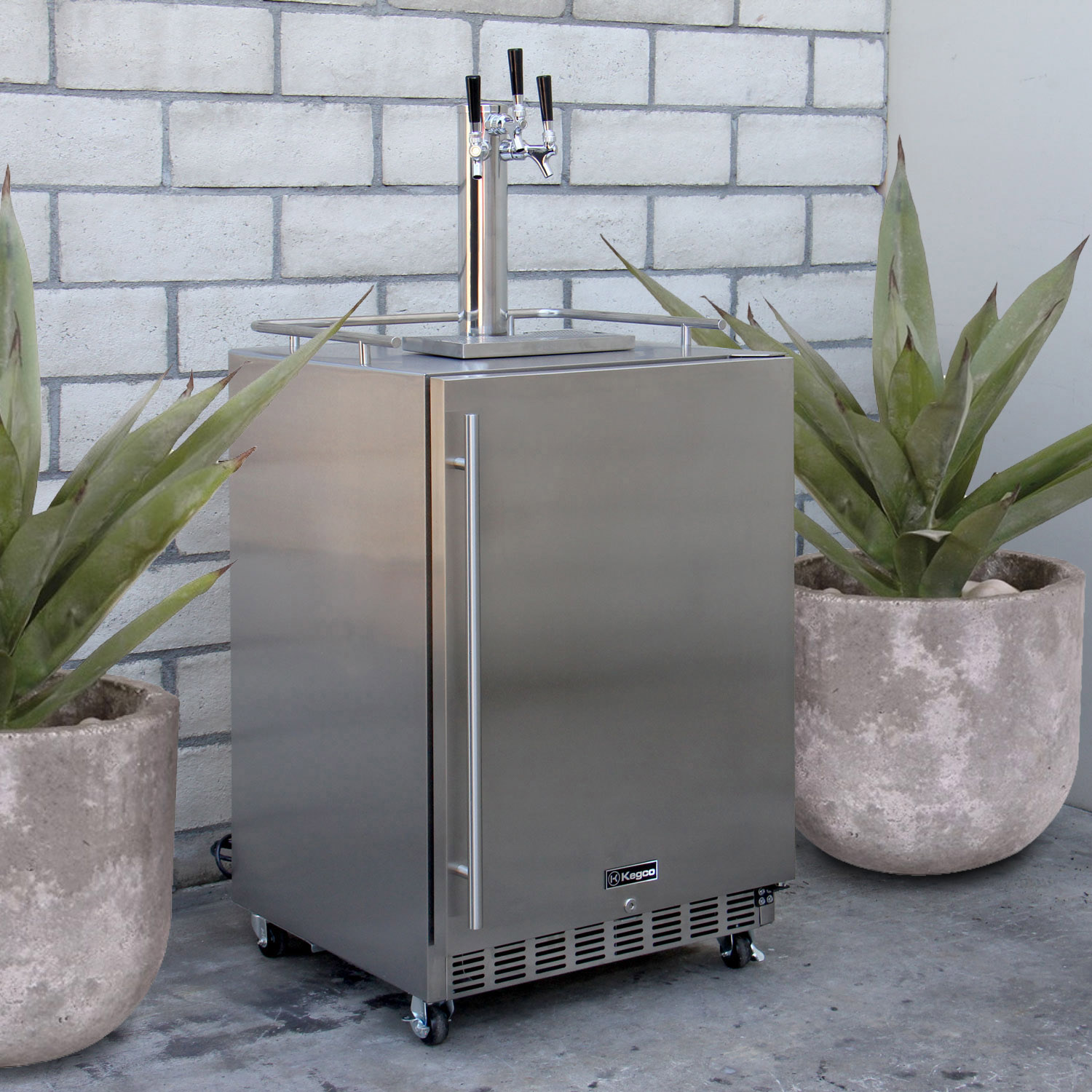
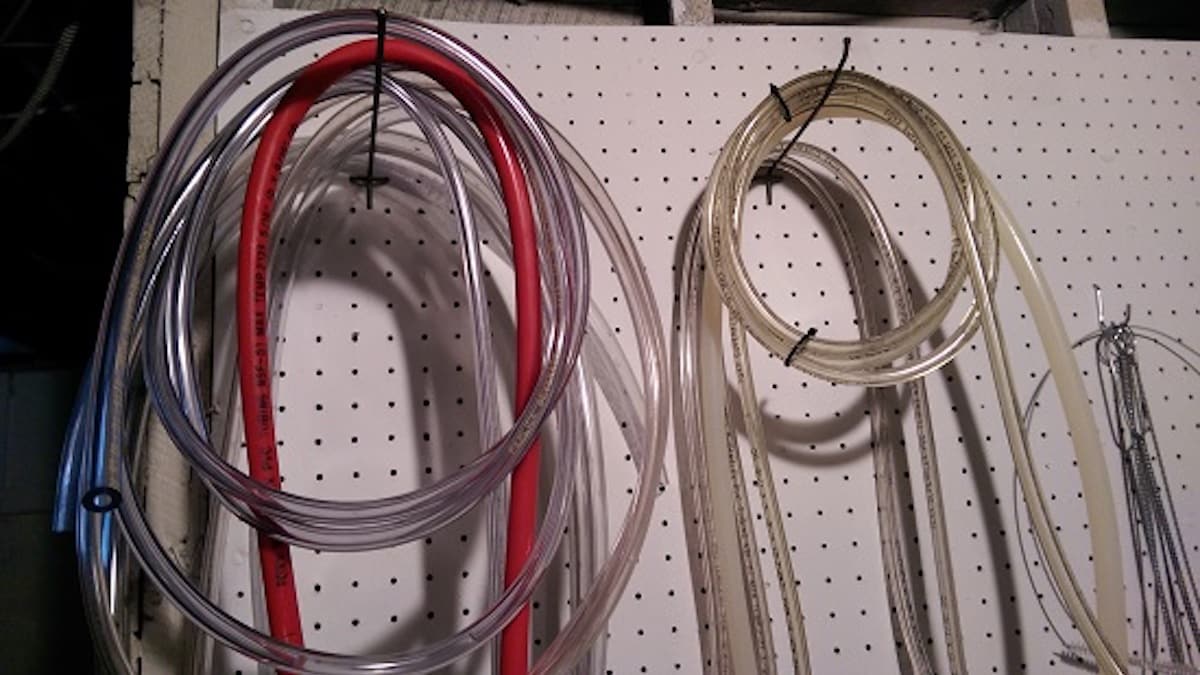
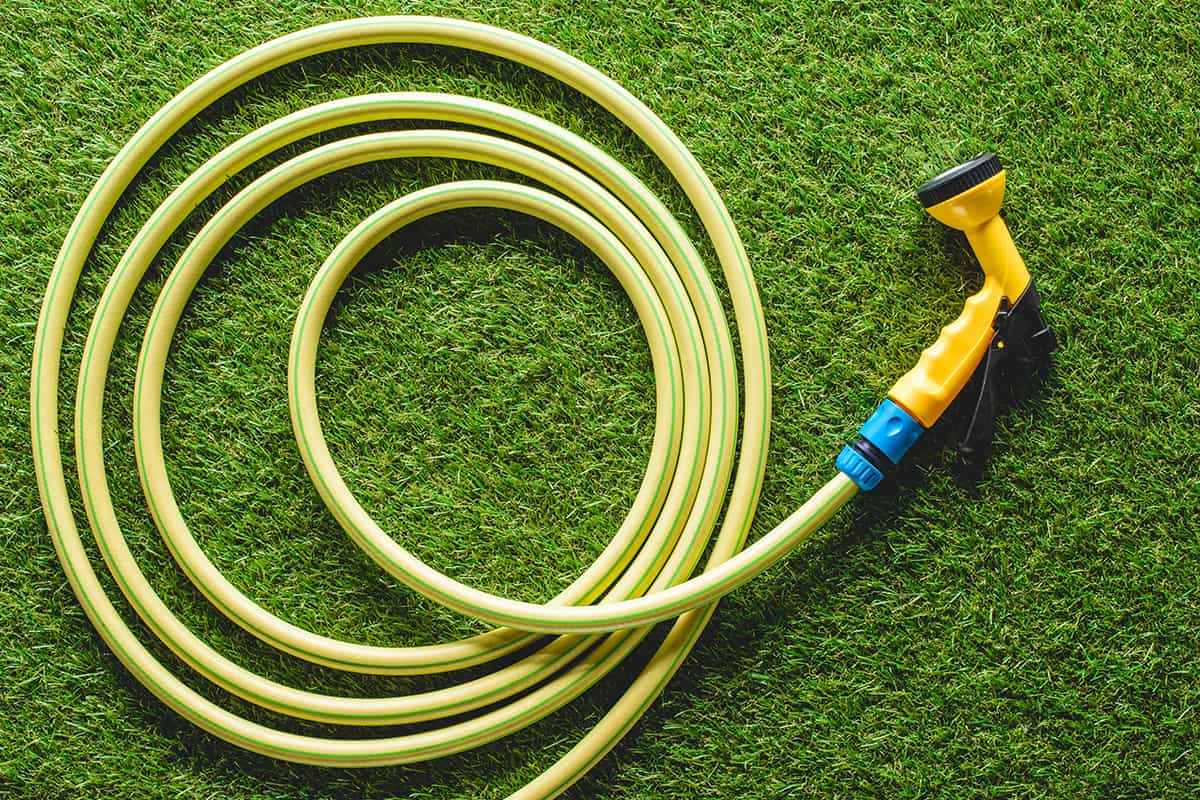
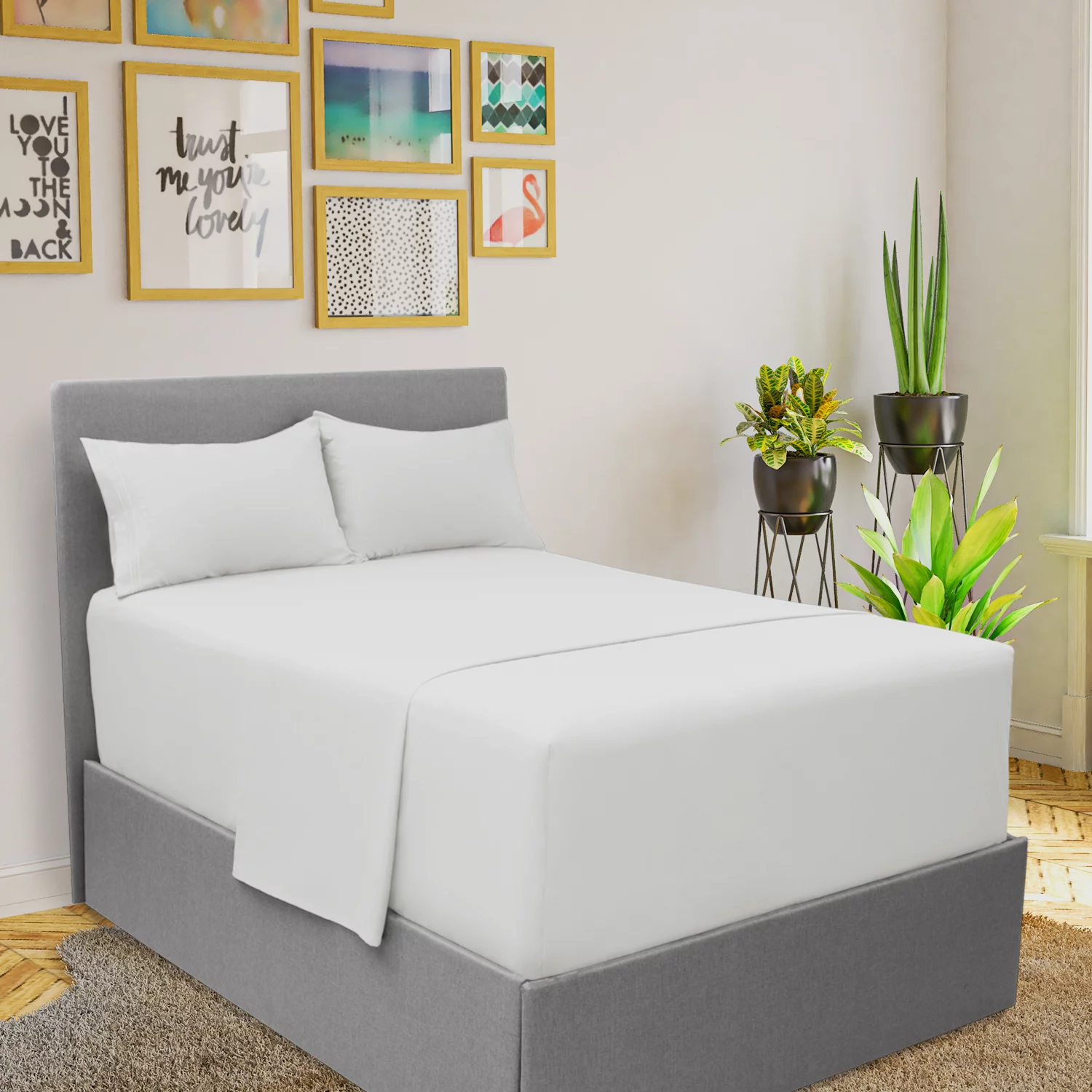
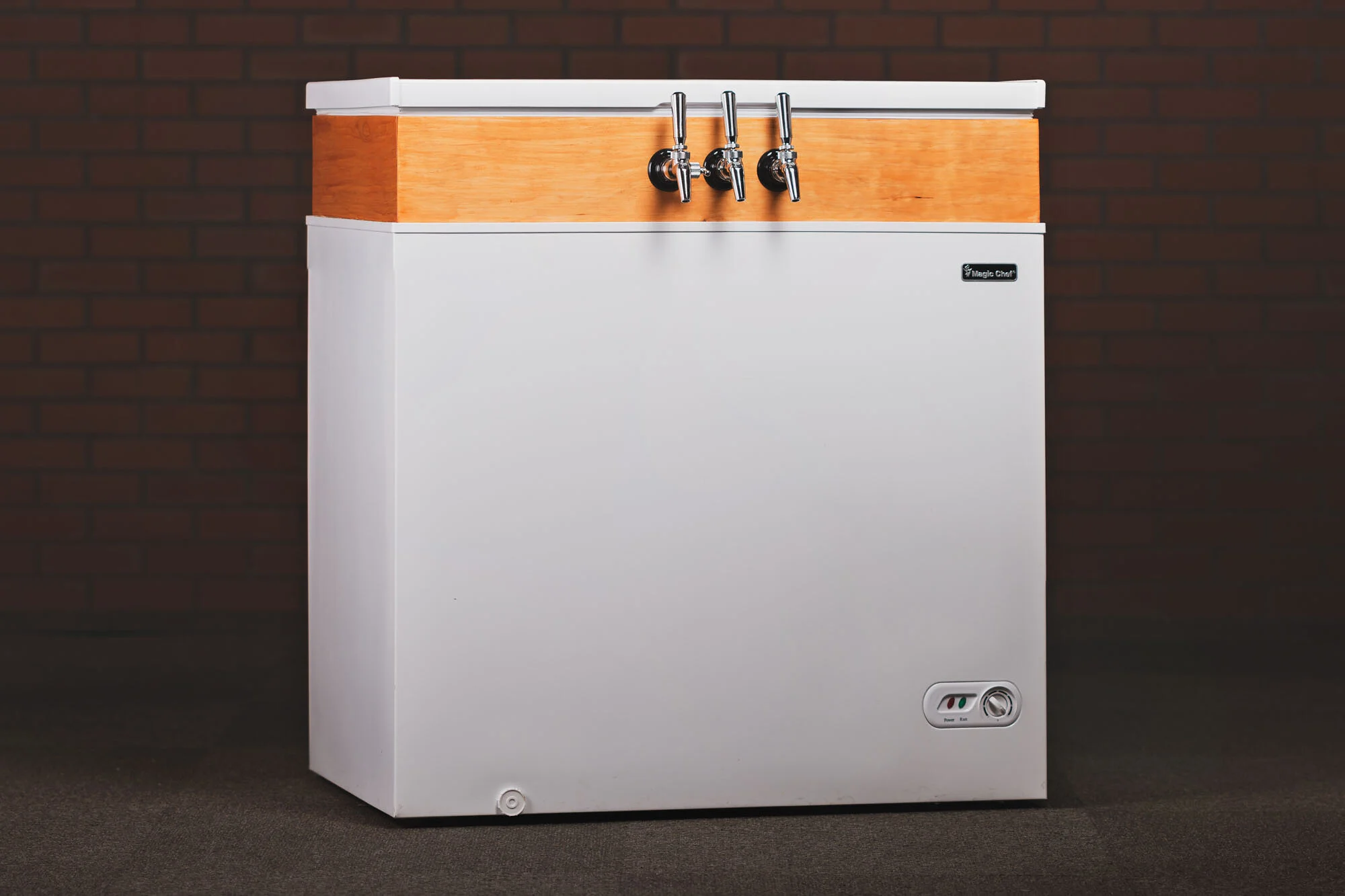
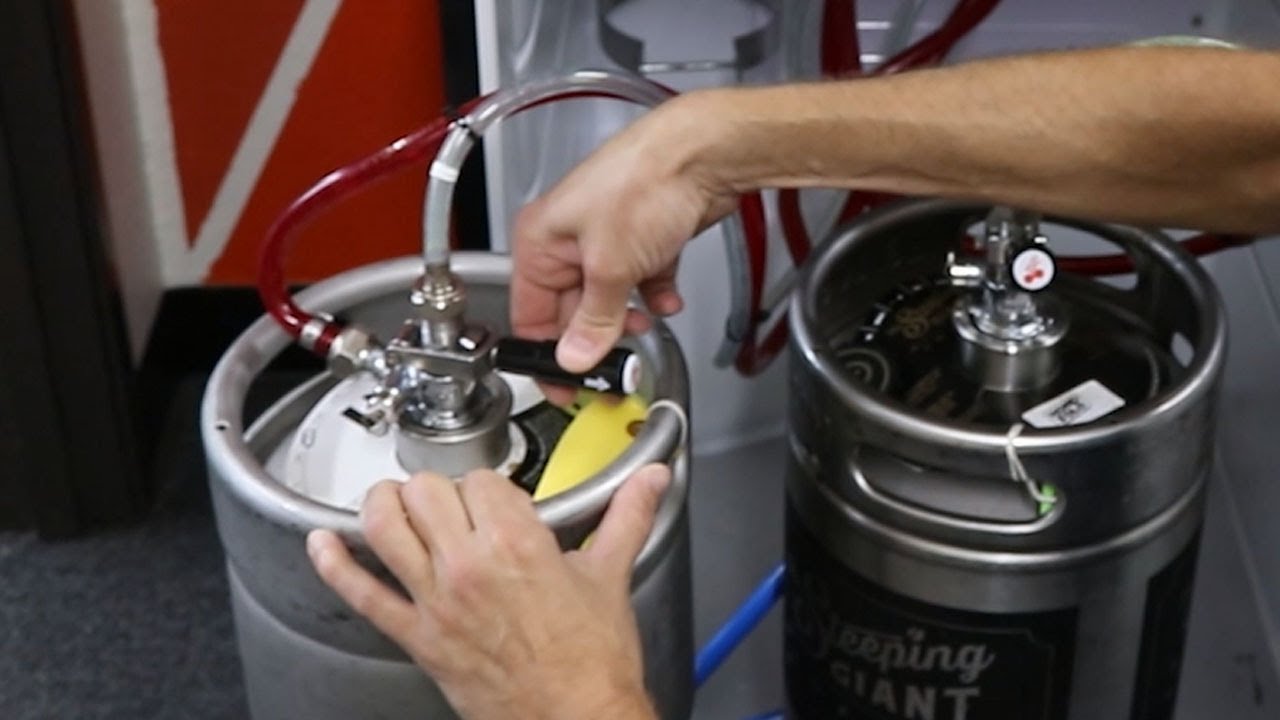
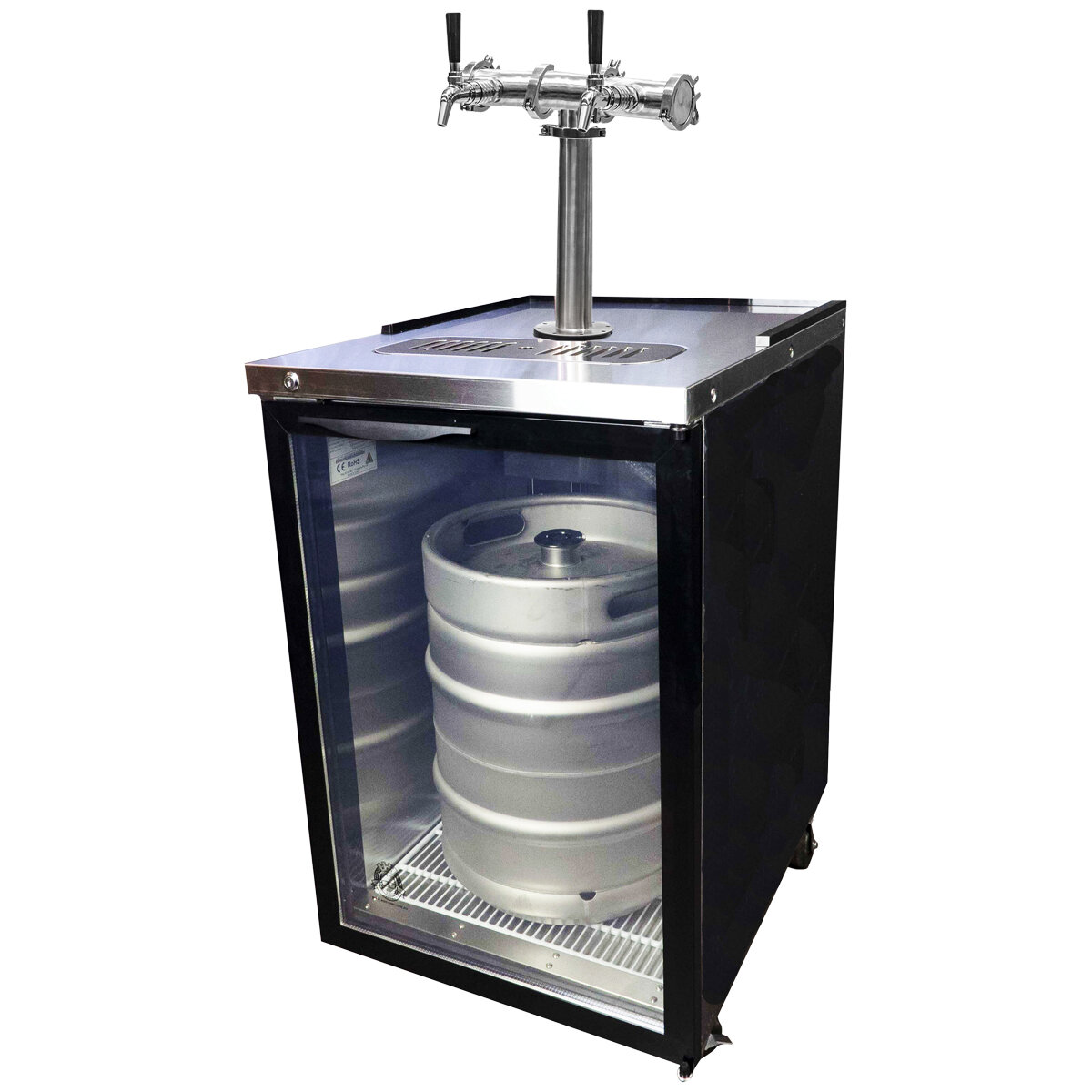

0 thoughts on “What Size Keg Fits In Kegerator”